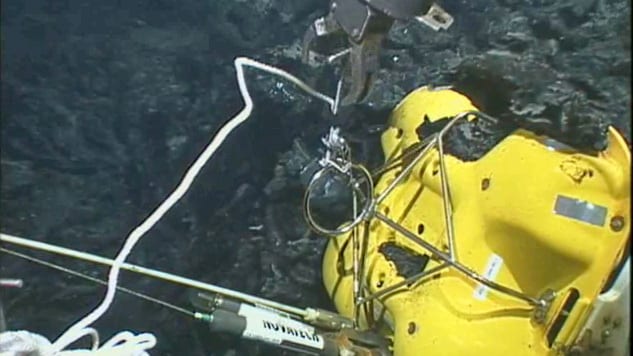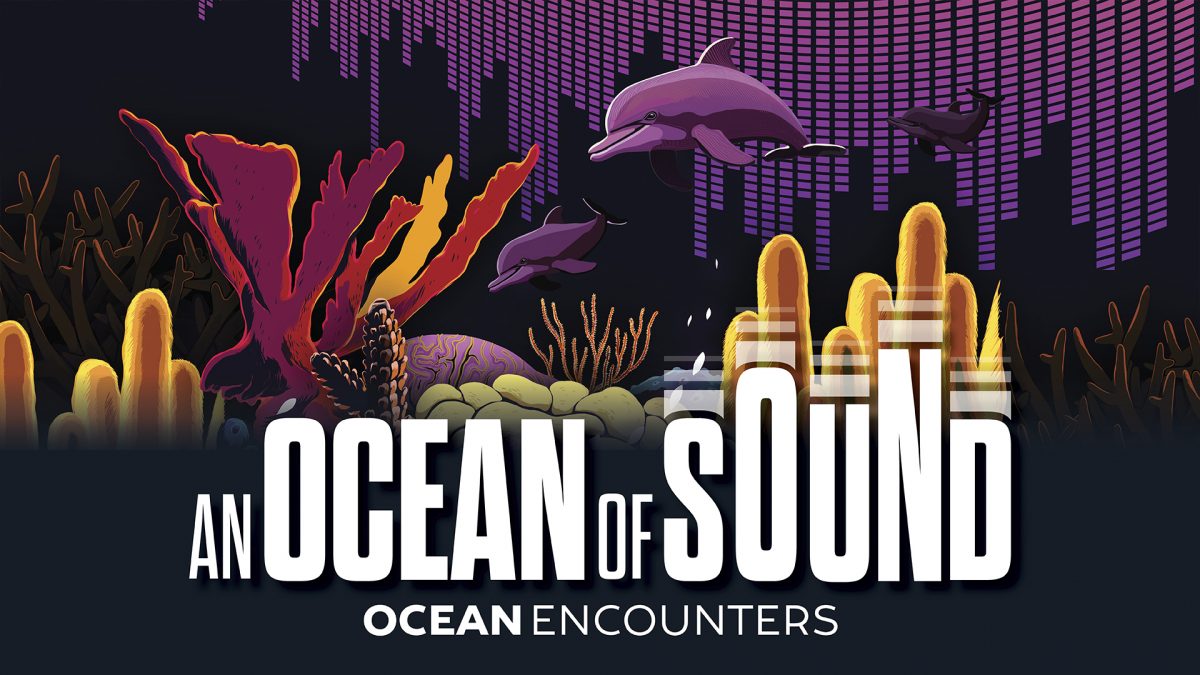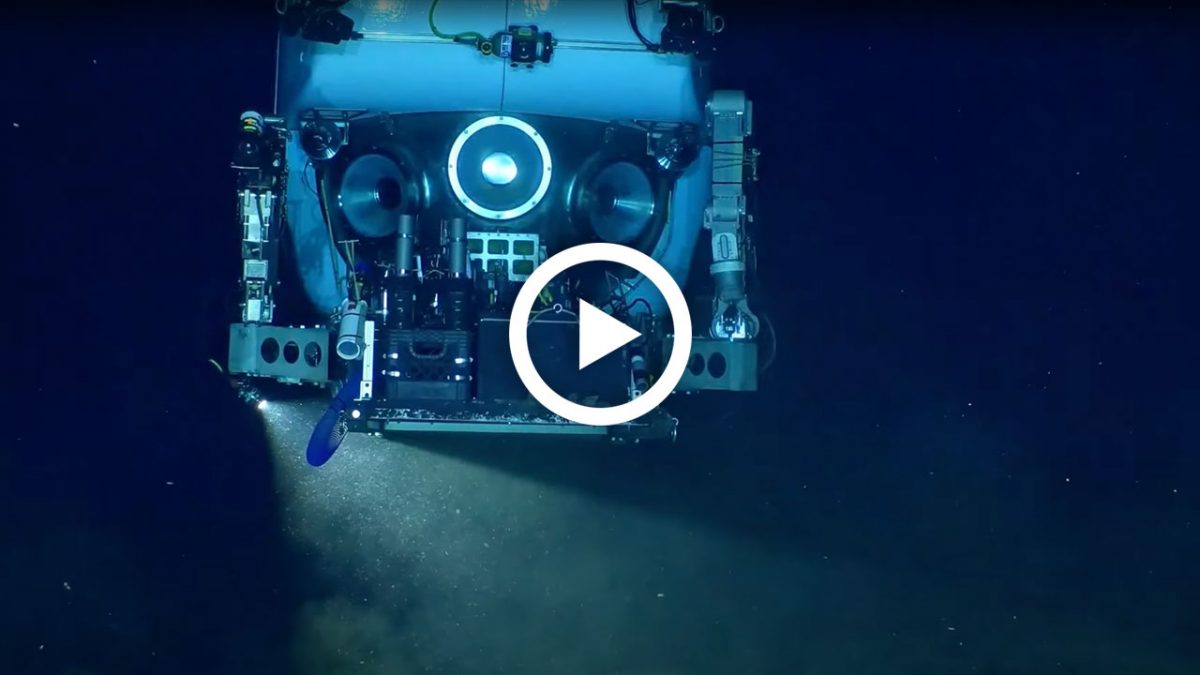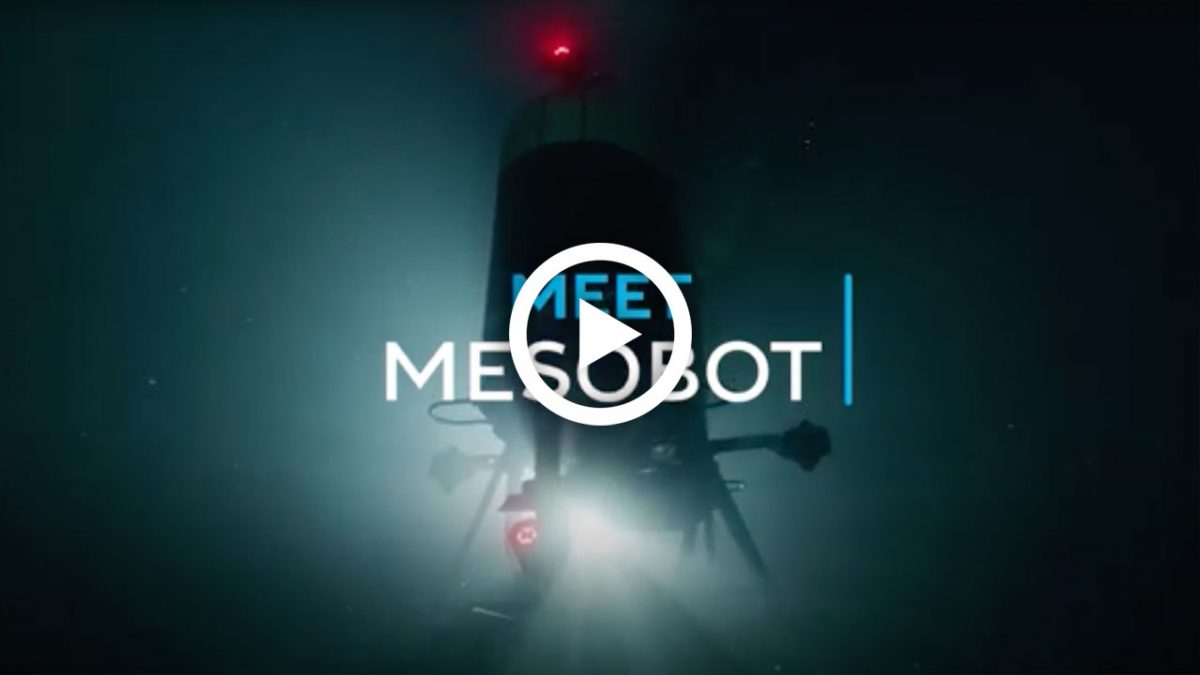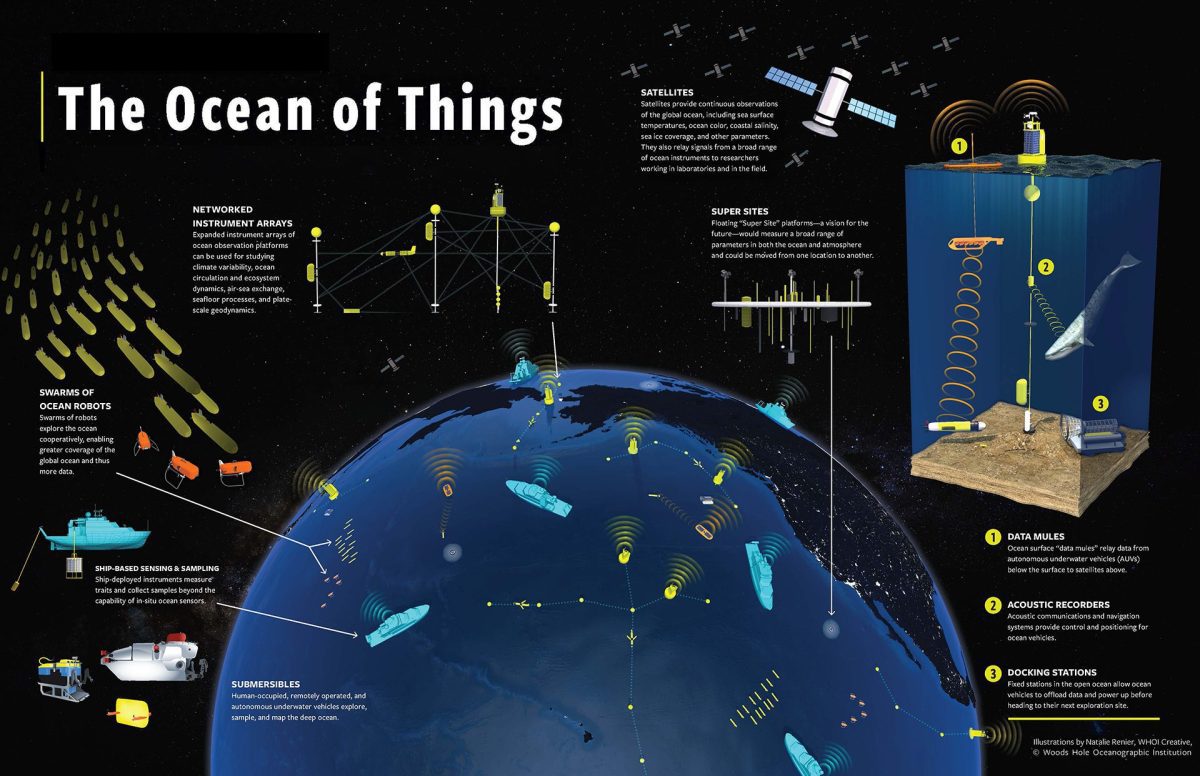In this section
Ocean Topics
- Climate & Weather
- How the Ocean Works
- Ocean & Human Lives
- Ocean Life
- Sustainable Ocean
- Ocean Tech
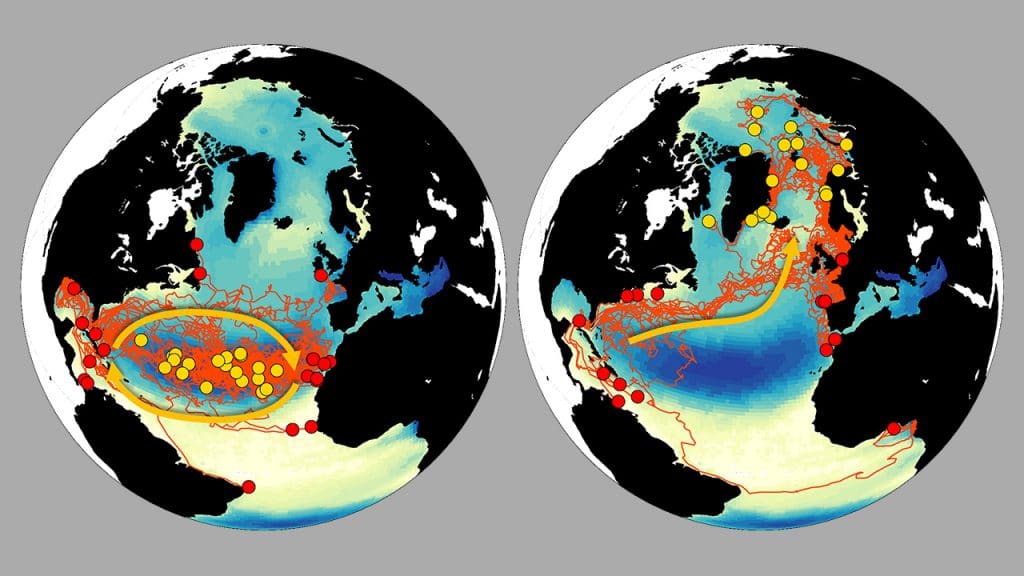
Simulated models of how plastics are transported in the global ocean show that most plastics concentrate in the middle of subtropical gyres (left). However, large-scale ocean circulation systems such as the Gulf Stream, the North Atlantic Current, and the Norwegian Current are carrying the litter all the way up to the Arctic (right). WHOI scientists have launched a long-term, interdisciplinary research initiative to better understand where microplastics—plastic fragments smaller than five millimeters—end up in the global ocean. Illustration by Sam Levang, ©Woods Hole Oceanographic Institution
The ocean is vast, dynamic, and often inaccessible. Through modeling, scientists can simulate its behavior and better understand its role in Earth's systems. Ocean modeling uses a range of tools - from computer simulations to lab-based "ocean-in-a-box" experiments - to replicate and predict ocean processes. These models help researchers study circulation, track climate signals, and test hypotheses that would be difficult or impossible to observe directly in the real ocean.
Oceanographers use models to explore everything from the Southern Ocean's turbulent currents to long-term climate trends and their connections to human activity. Modeling enables scientists to understand how heat, carbon, and nutrients circulate through the ocean and how changes in one part of the system propagate to others. Even physical cables on the ocean floor are being explored as sensors to transmit real-time data into models.
By refining these tools and techniques, scientists can offer forecasts and insights that are valuable to climate science, weather prediction, marine policy, and ocean management. Modeling transforms scattered data into a coherent picture of how the ocean functions and how it is changing.
Articles Related to Ocean Modeling
From Oceanus Magazine
For Ben Santer, the fingerprints of the climate crisis are very human
A cabled ocean
Computer Simulations of Ocean Circulation
Corralling the Wild and Wooly Southern Ocean
The Ocean—Captured in a Box
News Releases
Forty years after the Titanic discovery, WHOI continues to advance ocean research and exploration
WHOI’s Jennifer Johnson receives Fulbright Specialist Award
Innovative partnerships advancing ocean observations
Woods Hole Oceanographic Institution Licenses Ocean Technology to ARMADA Marine Robotics
WHOI vehicles go to extreme sides of the globe
Ship-mounted camera systems increase protections for marine mammals
WHOI receives funding for next-gen ROVs
News & Insights
Stratus Mooring Q&A
HOV Alvin temporarily halts engineering test dives
Meet the Alvin 6500 Team: Drew Bewley
Ocean science into action
Meet the Alvin 6500 Team: Danik Forsman
Meet the Alvin 6500 Team: Lane Abrams
Meet the Alvin 6500 Team: Francis Elder
Could listening to the deep sea help save it?
WHOI in the News
MIT, Woods Hole researchers are developing a better way to monitor slimy marine animals
Woods Hole scientists explore new deep-sea phenomenon
‘Like a magic carpet.’ New creature seen by Cape resident off Costa Rica now has his name
Woods Hole scientists test out new water-level sensor
A new satellite could help scientists unravel some of Earth’s mysteries. Here’s how
Navy submarine just tested a torpedo tube-recovered drone
Scientists drop robot into dark ocean, film weird brilliant world
Features
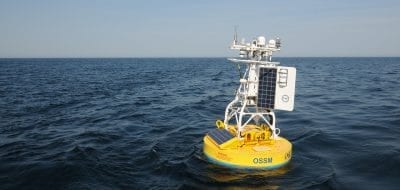
An oceanographic mooring consists of a long cable with an anchor at one end, a float at the other, and…
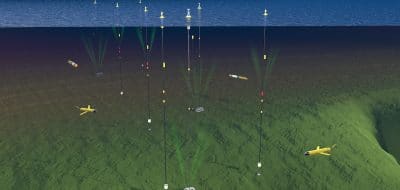
Ocean observatories have suites of instruments and sensors with long-term power supplies and permanent communications links that feed data in…
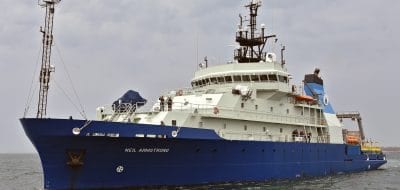
Oceanographers rely on sophisticated ships to get a firsthand look at the ocean environment and to carry their tools and…

Oceanographic observing tools has grown to include human-occupied submersibles, remote-controlled vehicles, and autonomous robots.

A strong understanding of how sound behaves in different conditions in the ocean helps scientists answer fundamental questions about the…
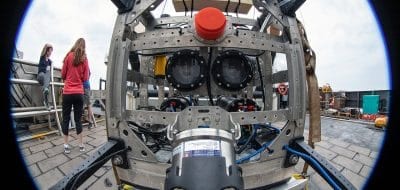
Underwater imaging continues to advance in technology, allowing research to be conducted in the pressure-filled, extreme environments of the ocean.
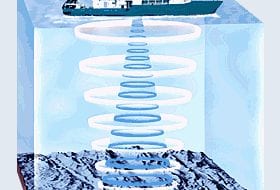
Echo sounding uses sound waves bounced off the ocean bottom to calculate depth. The faster the sound waves return, the…
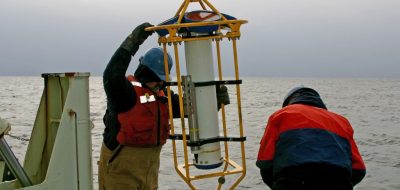
An Acoustic Doppler Current Profiler (ADCP) uses sound waves to measure water current speed at multiple depths, helping scientists study…

